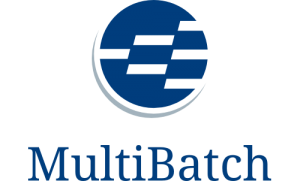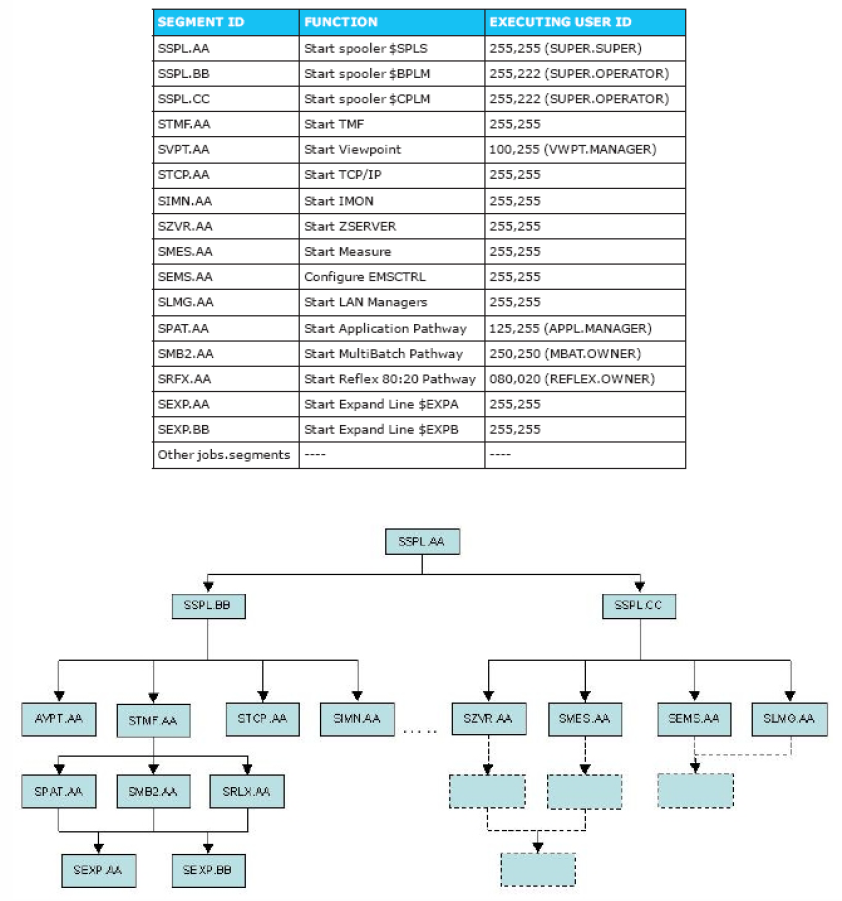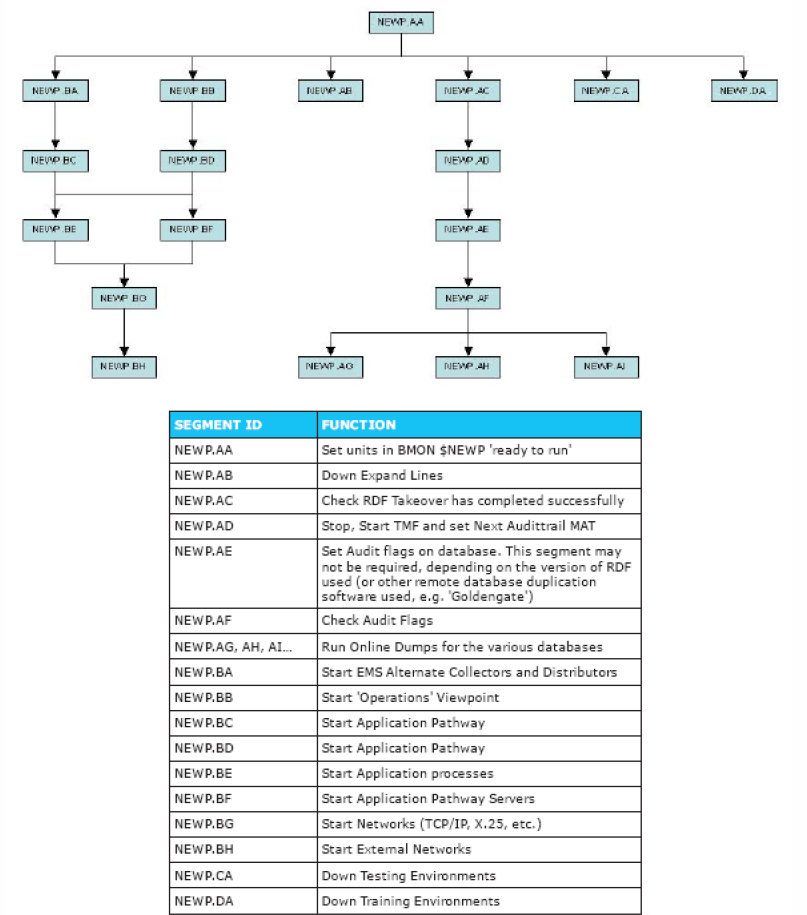2021. What an interesting year. With the world turned upside down by a pandemic that seemingly had its sights set on...
Job (s) | Segment (s) | Unit (s) – And Repeat!
Insider Technologies

It’s nearly that time of year again, time for the Technical Bootcamp community to share, learn, and announce new developments in the NonStop space. It is widely regarded that this conference is one of the best organized.
However, the Bootcamp and NonStop TUGs are tiny in comparison to those of Dreamforce, and South by Southwest. Even Glastonbury and Burning Man festivals are taking on technology as part of their identity.
So how do these events happen?
There is a huge amount of individual effort to coordinate these events, along with a commitment to carry out multiple and varied tasks. Booking hotels, setting conferencing sessions, food & drink, security. Even printing out invitations and name cards. All this requires work and sometimes, repeating the same tasks again and again.
Leaders of companies often navigate through many ways to improve the different processes to achieve the same goal. They understand the importance of ensuring communication and efficiency between departments or groups within the bigger structure.
Working independently of other departments could be disastrous, as members may only think about solving matters that are important to them, rather than having a complete understanding about their role in the workflow.
Acknowledging the importance of management software for automating the workload process offers an incredible opportunity for team members to help visualize the impact and role of their task-solving activities, as well as understanding the effect on other areas of the business and the main objective of the company.
What is Workload Automation?
Workload automation is the evolution of traditional batch processing and can be utilized for tasks such as running reports at a specific time and issuing them; updating distributed databases; checking file delivery and receipt; activating processes; opening networks.
Scheduler products such as NetBatch, Control-M and ActiveBatch perform these types of tasks, along with distributing data between multiple platforms. For example, a Scheduled Task in Windows could pull data from a Linux machine, run a process on a NonStop to collate it all and then FTP the result to a recipient, incorporating circulation of emails.
These type of scheduler products could also be used to perform system maintenance, shutdown and startup functions, as well as Disaster Recovery or Contingency actions. Legacy simple scripts exist to carry out these roles and this may be acceptable to users but speeding up the process is preferable, especially if SLAs are tight.
How is MultiBatch different?
MultiBatch is the next generation of workload automation. It’s a dedicated NonStop batch processing engine that employs single or multiple Units and Segments to initiate, run and manage jobs related to business processes and transactions, including distributed processing on single, multiple nodes and databases. So, a single job has been designed to update multiple databases across distributed databases, either locally or on an Expand network, in the process, executing all the relevant units simultaneously.
The workload, in this context, can be thought of as the total amount of processing that a computer or a business is conducting at any given time. Workload automation makes it possible for much of that processing to take place without human intervention. MultiBatch workload automation is compatible with on premises, virtualized and cloud environments.
MultiBatch integrates scheduled changes to avoid resource conflicts and forecast when jobs will be finished. The software uses automated provisioning to respond to incidents and resource shortages, ensuring that jobs will conclude on time.
Next Generation Batch Processing
MultiBatch reduces batch runtimes, with zero impact on JCL maintenance. Some of our customers have reduced their overall batch run times by several hours, with dramatic shrinkage in their processing overheads and thereby, automatically improving their internal, external and customer SLAs.
With MultiBatch, you can validate your batch schedule in advance, e.g. a change in the dependency flow of an online day batch schedule has been performed. Instead of waiting to execute the batch on a delivery date and finding out that the change is incorrect, MultiBatch enables you to build and load (not actually run it) the batch schedule in advance, so checking that the dependency and calendaring changes have been configured correctly.
In fact, the build and load can be generated for any individual day or date you wish to test against. Therefore, only the jobs required to run on execution days will be made available – there is no fully build schedule, as this could lead to a risk of jobs running accidentally, or even maliciously.
Migrate your MultiBatch schedule (s) between NonStop nodes, e.g. from a Control node, to Test, then to Trialing and if the schedule trials successfully, migrate the batch schedules into Live and Standby simultaneously; no manual edit file amendments to reflect the different disks, subvolumes, files, processes between nodes; all achieved automatically, simply and quickly.
Get real-time visuals for all batch schedules, across all your nodes via a single status view. View current & historical job run times.
Fully tokenized EMS events, including your description of job functions appear within the event text.
Recover & view batch schedule to its last known status.
Following a site-swap, the node, disk and subvolume values are changed dynamically; two simple commands are all it takes to recover your MultiBatch schedule on a recovery node, or if required, on the same node.
The recovery design utilizes a TMF audited log file and by use of replication methods, the batch schedule on the ‘new’ Live node can be recovered to the point of failure. Ops and applications can immediately check where the batch schedule was up to, helping determine the status of the application and once the analysis has been completed, restart the schedule.
As mentioned earlier, coldloads may be performed as well as site-swaps. An example of these batch schedule workflows is demonstrated below; as you can see, by parallel processing, this achieves swifter coldloads or shutdowns, and re-activating the NonStop subsystems, networks, applications, etc. on the ‘new’ Live node.
Coldload batch flow

Site-swap batch flow

These are very simple examples. Our financial customers have MultiBatch schedules consisting of hundreds of jobs, assigns and params, containing simple or extremely complex workflows.

